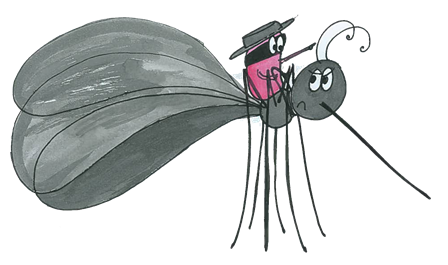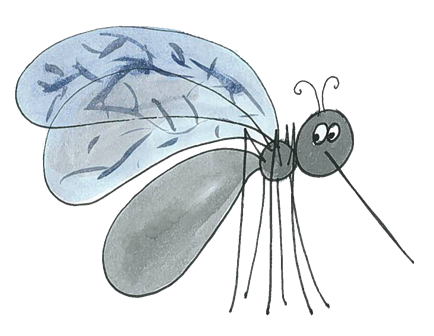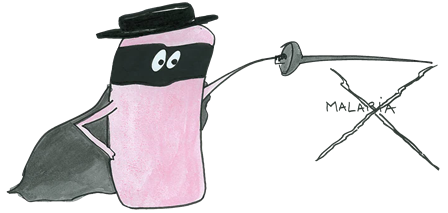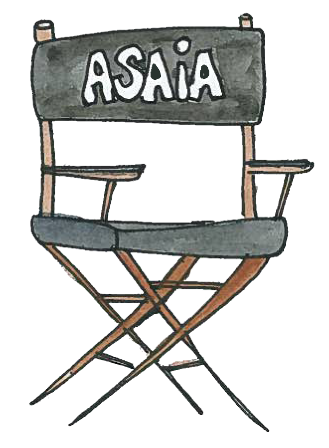Team:EPF Lausanne/Project
From 2010.igem.org
(→Cloning) |
(→Cloning) |
||
| Line 71: | Line 71: | ||
| - | [[Image:Asaia_Parts.png]] | + | [[Image:Asaia_Parts.png|right|100px|caption]] |
{{EPFL_2010_bottom_wrap}} | {{EPFL_2010_bottom_wrap}} | ||
</div> | </div> | ||
Revision as of 23:02, 24 October 2010


Overview
Our projects aims to help stopping the propagation of Malaria. To do so, we chose to act on the mosquito. Indeed, if we prevent the mosquito from being infected by malaria, it won't be able to transmit the parasite to healthy humans.
Our idea is to engineer Asaia, a bacteria that is naturally present in the mosquito's intestinal tract.
This bacteria would express an immunotoxin and specific proteins to kill the plasmodium or prevent its entery into the blood.
The immunotoxin and the proteins then fight the plasmodium and thus prevent the mosquito infection.
So... ASAIA is the pink power against malaria.....
Movie
For a playful overview of our project, you can watch our great iGEM EPFL movie
Cloning
We performed all the cloning in E.coli, and did experiments on Asaia transformation, growth and resistance to antibiotics in parallel.
Here are the parts we successfully cloned.
As E.Coli origin does not work in Asaia, we added an origin that was compatible with this bacteria (which was recovered from a GFP-plasmid transformed into the Asaia we received from Italy). On the opposite, Asaia's origin does work in E.Coli, which is very useful for our sets of experiments.

 "
"

























